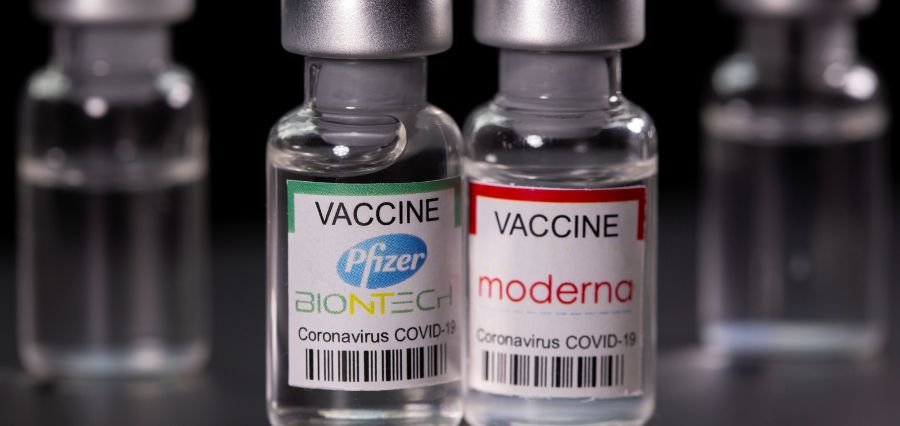Prime Highlights
- FDA widens warning of uncommon heart side effects for Pfizer and Moderna COVID-19 vaccines.
- Boys aged 16–25 years are most at risk, but total cases are very rare.
Key Facts
- Labelling is now up-to-date for 6 months to 64-year-olds.
- Estimated 8 per million doses of myocarditis based on data 2023–24.
Key Background
The U.S. Food and Drug Administration (FDA) has mandated label changes to Pfizer’s Comirnaty and Moderna’s Spikevax vaccines to further expand warnings concerning myocarditis and pericarditis. These two uncommon heart inflammas previously first noticed in youth and younger adults are now observed in an expanded age group—from infants as young as 6 months old to adults up to age 64.
Findings of the reviewed 2023–24 analyzed insurance claims indicate approximately 8 cases of myocarditis for every million doses vaccinated. It is still significantly higher in males aged 16–25 years, approximately 38 per million doses. They were primarily mild and were managed uncomplicatedly with anti-inflammatory treatment but some of these patients had persistent cardiac abnormalities on follow-up imaging months later.”.
Although the FDA did it to make it unmistakable, the Centers for Disease Control and Prevention (CDC) report that the overall incidence of myocarditis following vaccination continues to be low. The CDC further explains that there has not been a recent spate of cases since post-2022 and that myocarditis from the vaccine is not as severe compared to myocarditis due to the COVID-19 virus itself.
The switch in labeling is one manifestation of broader trends in federal health policy. Advisory committees that guide vaccine policy were reorganized late last year to more completely represent a range of viewpoints. Meanwhile, the FDA limited the population to which booster shots are administered, excluding high-risk individuals in the face of unequivocal evidence of benefit among healthy adults.
Other scholars contend warnings altogether are certain to instill unjustified fear. They raise the point there needs to be specific research in attempting to discover who are most likely to experience side effects. The identification of such predictors would disentangle caution and result in more specific, risk-orientated guidance.





